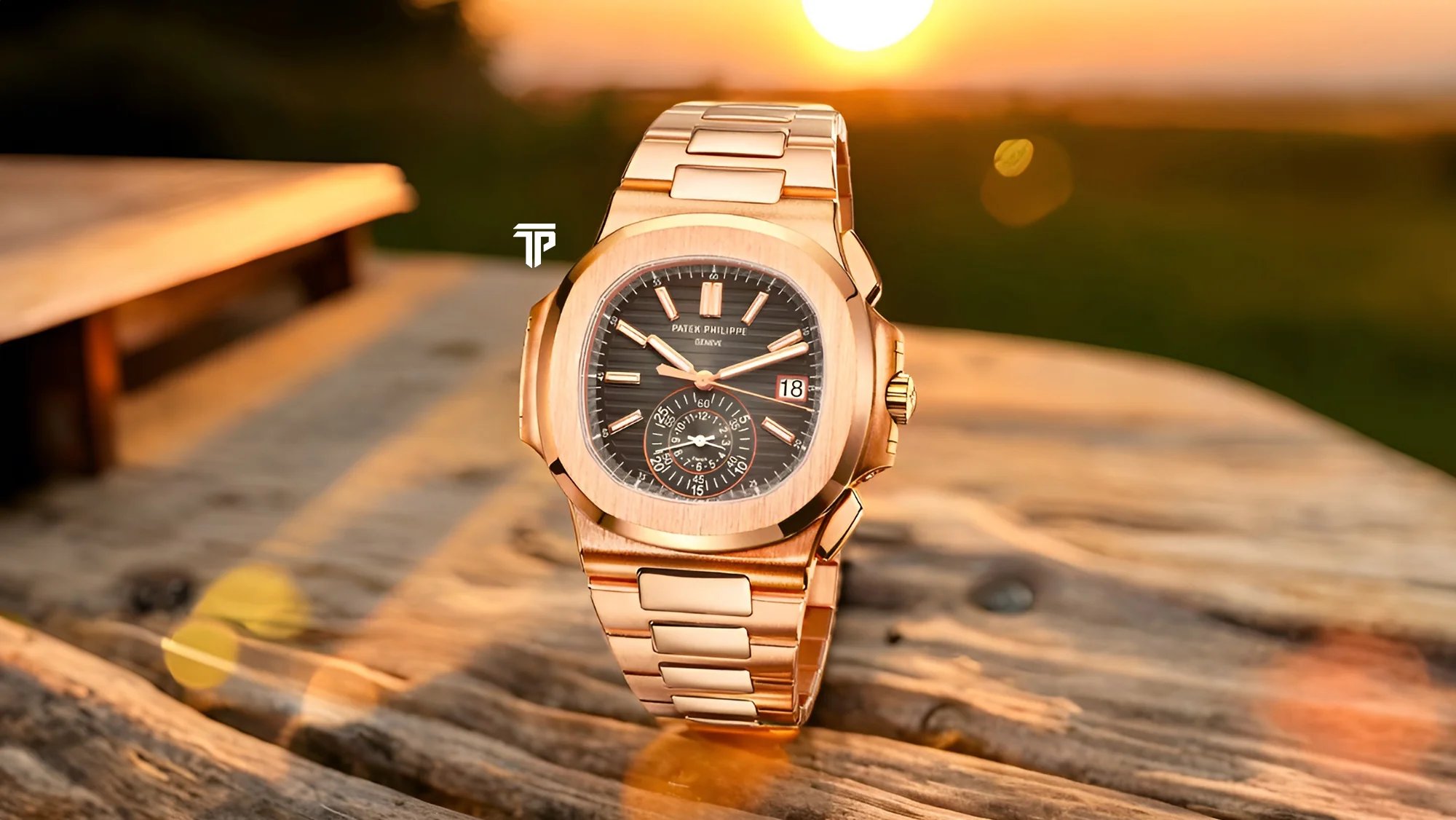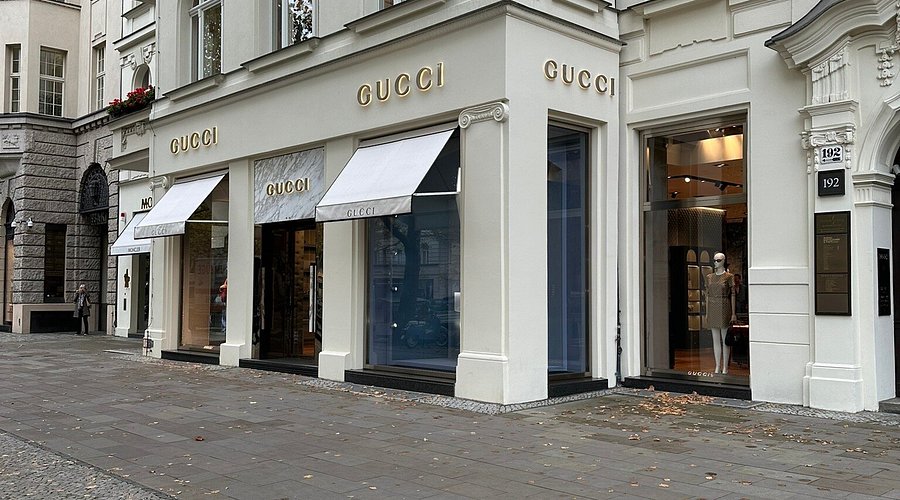High Net Worth Collectors Turn to Ancient Seeds as the Next Rare Asset Class
By
Sophie Moore
Last updated:
September 29, 2025
First Published:
September 29, 2025

Photo: Mn Artists -Walker Art Center
The quiet rise of biological collectibles
In the world of rare investments, high net worth individuals have long collected art, watches, and gemstones. Now a surprising new collectible is entering elite portfolios — ancient seeds. Wealthy collectors are acquiring preserved seeds of long extinct or nearly forgotten plant varieties, seeing them not only as pieces of history but as assets that could reshape the narrative of wealth in the years ahead.
A living form of rarity
Unlike traditional assets that remain static, seeds are alive. Each one carries the possibility of growth, revival, and continuity. For collectors, this offers something profoundly different from owning a canvas or a diamond. Holding an ancient seed means holding a fragment of human agricultural history with the power to reemerge as food, medicine, or even cultural heritage.
Blending science and status
Elite investors are working closely with agricultural scientists and gene banks to secure authentic samples. These collaborations ensure the seeds are preserved under strict conditions while maintaining their potential for future planting. The blend of scientific credibility and collector prestige is creating a unique new market where biology and luxury investment intersect.
Seeds as symbols of legacy
For the wealthy, collecting is often about leaving behind something greater than themselves. Ancient seeds align perfectly with this ambition. Unlike a painting that remains on a wall, seeds can be planted decades or centuries later, offering the possibility of reviving crops that once fed civilizations. This transforms the collection into a living legacy, a gift of continuity across generations.
The narrative of sustainability
Investing in ancient seeds also carries a powerful environmental narrative. By preserving biodiversity, wealthy collectors position themselves as stewards of nature. In an age when climate change threatens ecosystems, holding rare genetic material becomes a statement of responsibility. This allows investors to display both vision and values, strengthening their influence in sustainability conversations.
The discreet exchange networks
Unlike art auctions where purchases are public, the seed trade thrives in highly discreet circles. Transactions often happen through private foundations, scientific institutions, or invitation only exchanges. This secrecy enhances the allure, turning ownership into an exclusive privilege that only a small number of people can access or even understand.
The emotional appeal
Beyond financial returns or status, ancient seeds evoke emotion. The idea that a wealthy collector could one day grow grapes used in Roman winemaking or wheat from early Mesopotamian fields appeals to the imagination. It bridges past and future in a tangible way, making the investment both intimate and profound.
Potential financial implications
While the emotional and symbolic value dominates the narrative, ancient seeds also carry financial promise. As climate change alters agriculture, demand for resilient crop varieties is expected to rise. Rare genetic materials may become essential resources, transforming a collector’s possession into something that is both culturally significant and economically powerful.
The global hotspots of seed collecting
Interest in ancient seeds is particularly visible in regions with rich agricultural legacies. European collectors are chasing grape seeds from historical vineyards, Middle Eastern elites are seeking ancient grains tied to early civilizations, and American investors are turning toward indigenous crops with cultural significance. Each region reflects its history through the seeds being preserved.
The future of wealth as heritage
The embrace of ancient seeds reflects a broader shift in how the elite view wealth. The focus is moving from static luxury objects to assets that embody heritage, continuity, and meaning. By collecting and preserving seeds, high net worth individuals are not simply acquiring possessions. They are cultivating a future narrative where wealth is measured by what one chooses to protect for humanity.
Subscribe to unlock premium content
Sed at tellus, pharetra lacus, aenean risus non nisl ultricies commodo diam aliquet arcu enim eu leo porttitor habitasse adipiscing porttitor varius ultricies facilisis viverra lacus neque.
A comprehensive guide on Agile development

10 Productivity tools that are worth checking out

Top 7 Must have management tools for productivity

A comprehensive guide on Agile development

10 Productivity tools that are worth checking out

A comprehensive guide on Agile development








.png)
